Have you ever thought about whether your messages on Ancestry are private? In this post, find out to make sure your communications on Ancestry are private, and more.
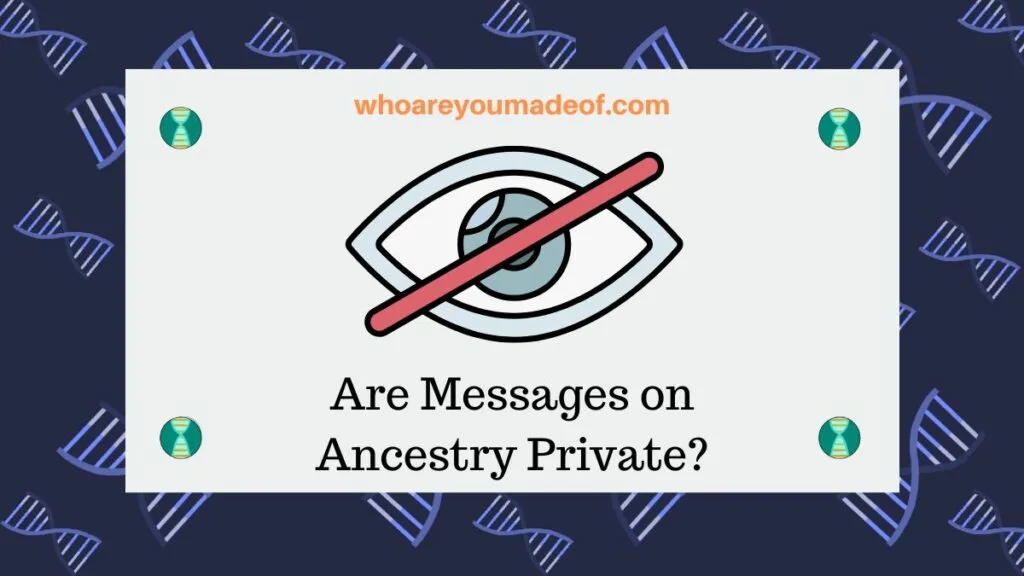
Ancestry has a really great messaging system that you can access by clicking on the envelope or dialog box at the very top of your Ancestry account. It’s free for everyone to use, too, which makes it extra great.

However, with all of the different ways we can communicate with each other on the site, we might wonder exactly who can see our messages and other written communications. For the purpose of this article, the word “message” means a private, direct message sent using the Ancestry messaging system.
Are messages on Ancestry private?
Yes, the messages that you send to other Ancestry users and DNA matches are private and cannot be seen by anyone else who uses the site. This means that we can message our relatives, research partners, and DNA matches with the confidence that only us and the person who we are messaging will see the message.
There are a few different ways to communicate on the Ancestry site, including by using the internal messaging system. It’s important to explore these differences because each method of communicating note-taking provides a difference level of privacy.
The difference between messages, comments, and notes on Ancestry
Notes and comments can be made on DNA matches and profiles on your Ancestry tree, and can be visible to others to whom you have given access to your tree and DNA results. Ancestry messages are private and can only be seen by you and the person who you are messaging.
The most private way to communicate with someone on Ancestry is by sending them a direct message. Messages are always private, whether you have an active Ancestry subscription or not.
If you have taken a DNA test with Ancestry, you have the option of writing notes on DNA matches. These notes are typically only visible to you, but if you have given anyone else direct access to your DNA results, they might be able to see them, too.
The same is true for notes on your family tree, which are notes that we and editors of our tree have written. These notes are only visible by the owners of the tree, and those who have been added as an editor to the tree, even if the tree is a public member tree.
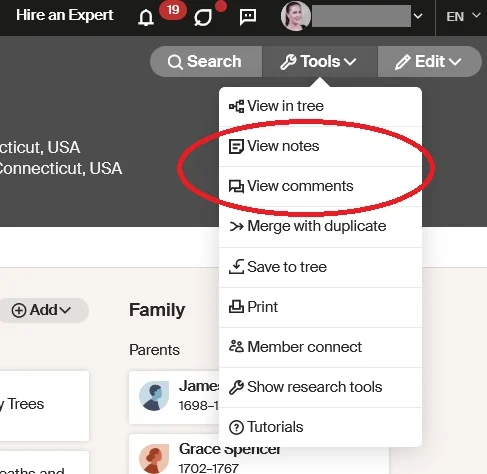
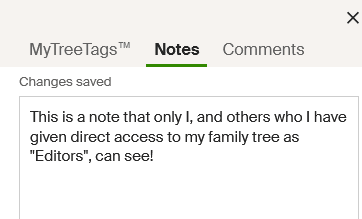
Tree comments are different than notes. Comments are public comments that can be seen by anyone who has any access to your family tree, or by anyone who is an Ancestry subscriber.
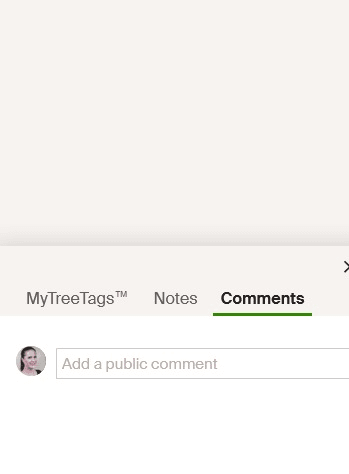
All in all, if you are concerned about privacy, the best way to communicate with other members is definitely through the private Ancestry messaging system.
How to make sure you are sending a private message on Ancestry
There are two main ways to send private messages on Ancestry. Following the steps below will help you make sure that you are communicating with the other Ancestry users using the Ancestry messaging system, which is always private.
If you would like to message an Ancestry user who is not a DNA match to you, the best way to send them a message is from their main Ancestry profile page. On their profile page, you will see their initials or profile picture, and then a blue message button below their name.
The image below shows where you would click on someone’s profile page to send them a message. The red arrow is indicating the blue button.
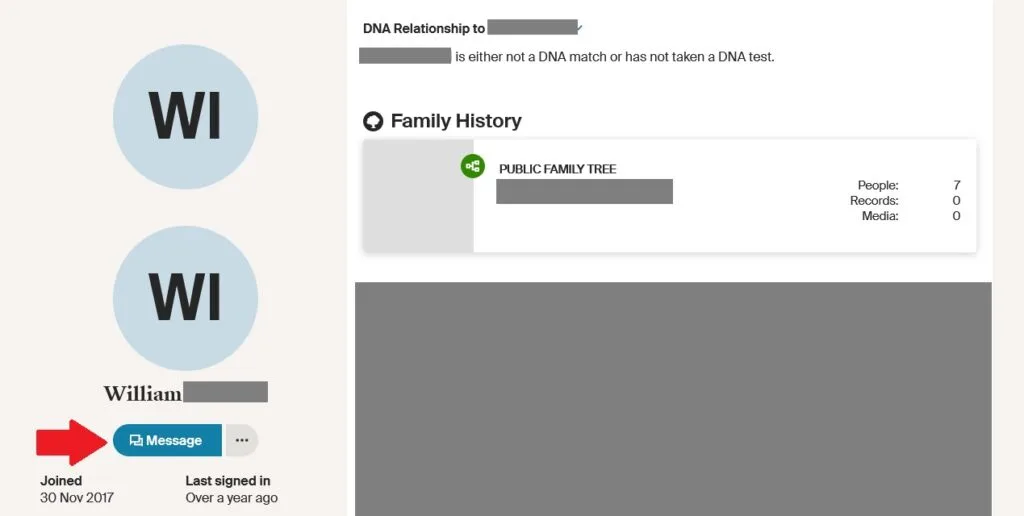
The other way to contact someone via private messaging on Ancestry is through your DNA match list, if you have tested your DNA with Ancestry and they show up as a match to you.
Below is the same person that I showed as an example above. My relative, William, is a cousin, and I can message him by clicking on the grey “Message” button that I see directly underneath his name:
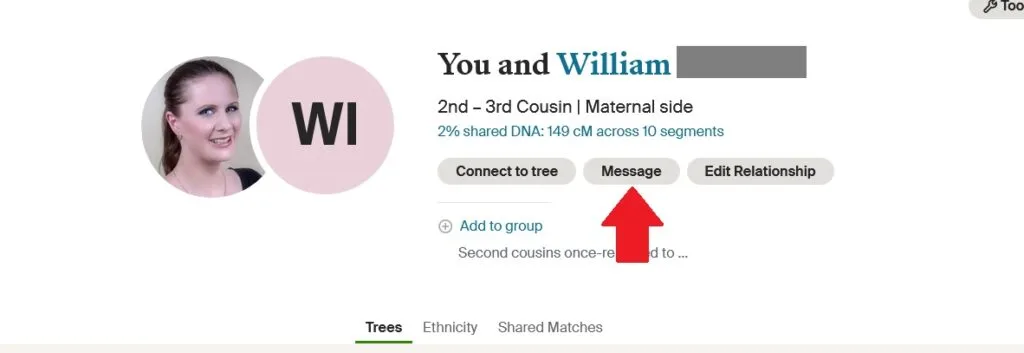
Is there a way to keep information in messages private on Ancestry?
As with every letter or message that we send, whether written on a piece of paper, sent in a Facebook message, or in a private message on a site like Ancestry, we must always keep in mind that information that we write could be shared with others by the person who receives our message.
This is beyond the responsibility of the platform that we use to send the message. For example, we would not fault the United States Postal Service if we write a letter to our aunt requesting that they don’t invite Cousin John to the family barbecue, and later discover that Aunt Sue showed the letter to Cousin John, hurting his feelings.
So, while our messages are private, we still have to be careful about including sensitive information in the messages that we send. This is especially true when we are communicating with relatives or other Ancestry users who we do not know well.
Conclusion
I hope that this post has helped you understand more about the privacy features of Ancestry messages, and how you can help protect your privacy on the site.
If you have any questions about something that you have read in this post, please feel free to ask in the discussion below.
Thank you for reading today!
